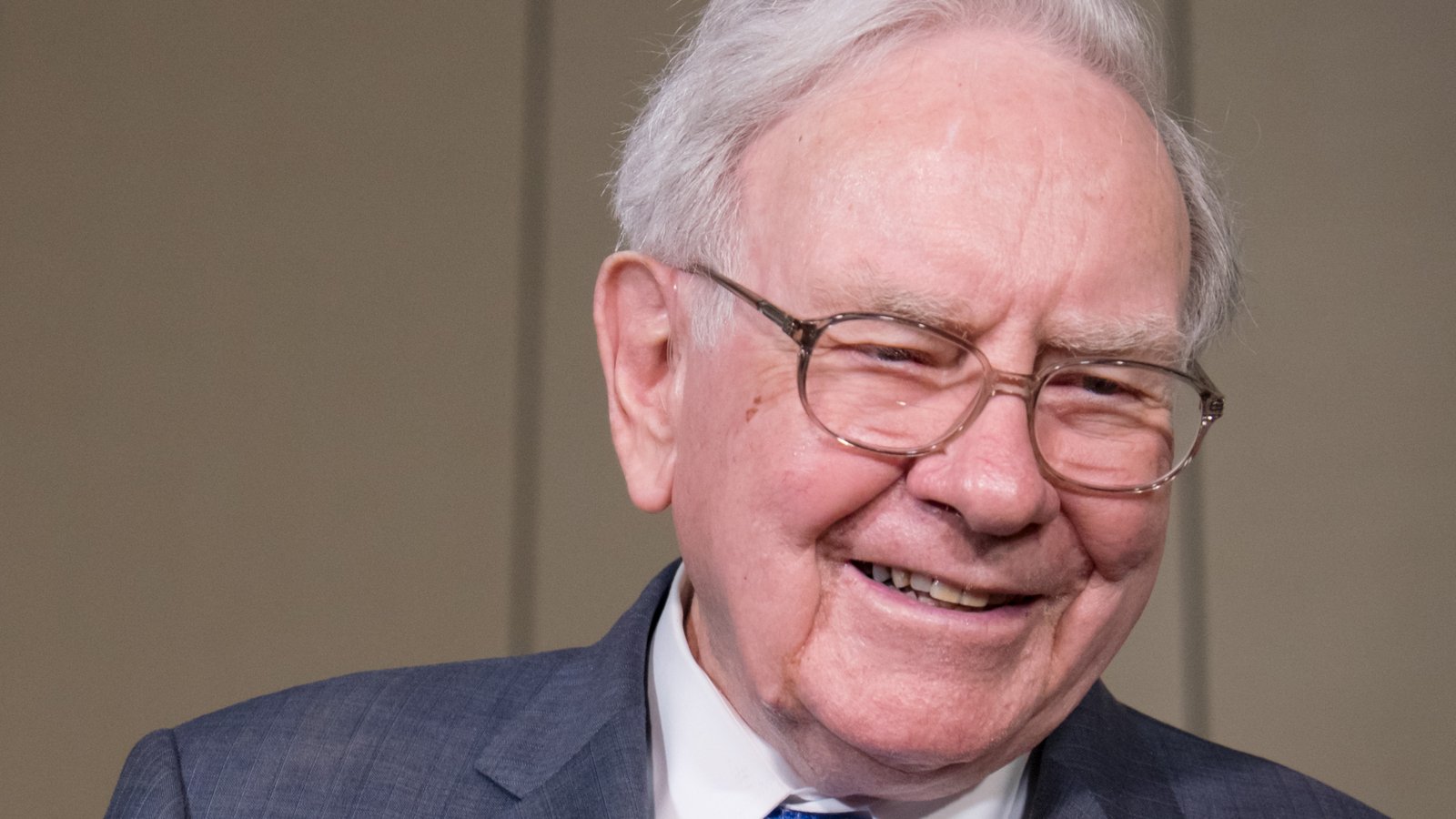Called-Up Share Capital vs. Paid-Up Share Capital: What’s the Difference?
Called-Up Share Capital vs. Paid-Up Share Capital: an Overview
The difference between called-up share capital and paid-up share capital is that investors have already paid in full for paid-up capital. Called-up capital has not yet been completely paid, though payment has been requested by the issuing entity.
Share capital consists of all funds raised by a company in exchange for shares of either common or preferred stock. The amount of share capital or equity financing a company has can change over time. A company that plans to raise more equity and be approved to issue additional shares thereby increases its share capital.
Key Takeaways
- The difference between called-up share capital and paid-up share capital is that investors have already paid in full for paid-up capital.
- The amount of share capital shareholders owe, but have not paid, is referred to as called-up capital.
- Any amount of money that has already been paid by investors in exchange for shares of stock is paid-up capital.
Called-Up Share Capital
Depending on the jurisdiction and the business in question, some companies may issue shares to investors with the understanding they will be paid at a later date. This allows for more flexible investment terms and may entice investors to contribute more share capital than if they had to provide funds upfront. The amount of share capital shareholders owe, but have not paid, is referred to as called-up capital.
Share capital consists of all funds raised by a company in exchange for shares of either common or preferred shares of stock. The amount of share capital or equity financing a company has can change over time. A company that wishes to raise more equity can obtain authorization to issue and sell additional shares, thereby increasing its share capital.
Share capital is only generated by the initial sale of shares by the company to investors, e.g. via an IPO. It does not include shares being sold in a secondary market after they’ve been issued.
Paid-Up Share Capital
Any amount of money that has already been paid by investors in exchange for shares of stock is paid-up capital. Even if an investor has not paid in full, the amount already remitted is included as paid-up capital. All paid-up capital is listed under the shareholders’ equity section of the issuing company’s balance sheet.
Paid-up capital represents money that is not borrowed. A company that is fully paid-up has sold all available shares and thus cannot increase its capital unless it borrows money by taking on debt. A company could, however, receive authorization to sell more shares.
A company’s paid-up capital figure thus represents the extent to which it depends on equity financing to fund its operations. This figure can be compared with the company’s level of debt to assess if it has a healthy balance of financing, given its operations, business model, and prevailing industry standards.
Special Considerations
In addition to called-up share capital and paid-up share capital, share capital can fall into two other categories: authorized share capital and issued share capital.
Authorized Share Capital
To sell stock to the public, a business must first register with a governing body. Part of this registration includes documentation of the amount of capital the business is looking to generate through selling stock. This amount is called its authorized capital and is the maximum amount that can be raised in this manner.
Issued Share Capital
Out of the maximum amount of authorized share capital, the value of shares the company actually issues is called issued share capital. The amount of issued share capital is generally much lower than the authorized share capital, so the business has the opportunity to issue additional shares later.
What Is Called-Up Share Capital?
Called-up share capital consists of shares that are not fully paid for upfront. The full payment for these shares will be done in the future at a later date or through installment payments. This tends to make purchasing shares more attractive. The “called-up” portion of share capital is the unpaid amount that the company will eventually call upon.
What Is the Difference Between Issued Share Capital and Paid-Up Share Capital?
Issued share capital is the total amount of shares that have been given to shareholders. Paid-up share capital refers to the amount of issued share capital that has already been fully paid for. The remaining portion is called-up share capital.
What Are the Different Types of Equity Financing?
Equity financing can take form through a variety of different investors. These investors can include venture capitalists, angel investors, institutional investors, private investors, and public offerings.
Read the original article on Investopedia.
:max_bytes(150000):strip_icc():format(jpeg)/GettyImages-1198419632-dbbb7237b9374451b941a338fd6e2430.jpg)
:max_bytes(150000):strip_icc():format(jpeg)/GettyImages-1460296966-c29005233902490585a6e95f3c22751d.jpg)
